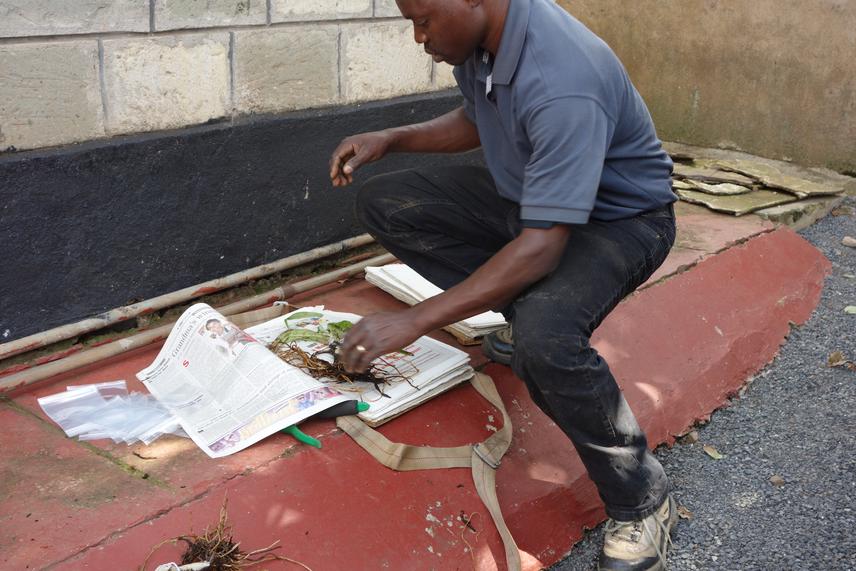Fanuel Kawaka
Other projects
18 Mar 2015
Integrating the Local Community in the Conservation of Wild Orchids in Kericho Forest, Kenya
24 Aug 2017
Integration of the Local Community and Schools in the Conservation of Wild Orchids in Kenya
20 Dec 2018
Integrating Local Community and Schools in the Conservation of Wild Orchids in Kenya
17 Dec 2021
Validation and Up-Scaling Community Best Practices in Conservation of IUCN Red-listed Wild Orchids in Kenya
This project proposes to integrate young learners in local schools in the conservation of the endemic orchids in Kericho Forest.

Kericho forest is amongst the richest yet least studied in terms of orchid diversity, containing some endemic and endangered orchid species (IUCN/SSC Orchid Specialist Group et al., 2013; Kawaka et al., 2014). The forest not only contains diverse orchid species but also many endemic species such as Polystachya bella, Brachycorythis kalbreyeri, Bulbophyllum bidenticulatum subsp. joyceae, and Chaseela pseudohydra among others. In an ecological assessment of the wild orchids in Kericho Forest, it was reported that these plants face numerous conservation challenges (Kawaka et al., 2014). A notable threat to orchids was identified as loss and fragmentation of their habitats, particularly the destruction of the moist forest habitats and indigenous host plants. In addition, most epiphytic orchids on fallen and dead host plants were observed to be desiccating. These plants represent keystone species for monitoring the general health of a wide range of habitats as well as representing a flagship group to educate the general public on a variety of conservation issues (Stewart et al., 1996).
The current project will directly integrate school children and teachers from local schools around Kericho Forest in the in-situ conservation of wild orchids, with a major focus on the Kenyan endemic orchids through ex-situ strategies and activities. The project will create awareness on the importance of wild orchid conservation, train the school children on wild orchid propagation, and provide guidance on establishing school-based orchid nature trails, gardens and flowerbeds. Exploiting the natural beauty of orchids, this project will encourage local schools to adopt the use of these threatened plants in their landscaping programs instead of planting exotic species. Training the school children on how to anchor orchids on the indigenous trees will not only promote orchid conservation but also indirectly lead to enhanced conservation of indigenous trees in schools. The schools will obtain planting materials from community groups who had previously been trained and empowered to set up nature trails, home gardens and seed banks. Any extra germplasm will be taken to the National Gene bank of Kenya (NGBK) and the National Museums of Kenya (NMK) to improve the number of collections held in the country and ensure their conservation for future generations. In the longer term, creating conservation awareness among children in local schools will be of benefit in general and, in particular, should they become decision-makers, forest managers and users.